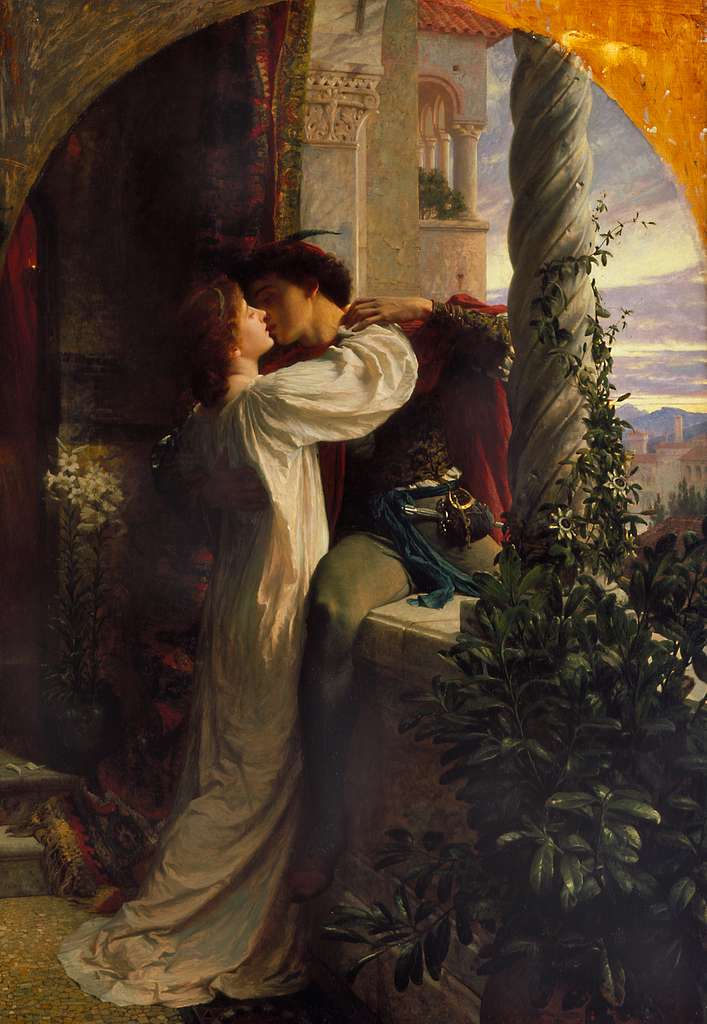Valentine’s Day is traditionally associated with lovers. Couples young and old share quiet memories while creating new ones. But the holiday is far more: children present bouquets and sweets to mothers; grandparents are remembered; fathers spend time with their daughters.
The holiday celebrates love in many forms. It can also be a time of mourning.
My daughter Jess and I always observed Valentimes, as she called it. Through the years we shared many joy-filled moments on the holiday. When she was ten, I settled on a gift card from one of her favorite shops—a tradition that lasted each year until she died in January, 2015.
Many others find this holiday excruciating. Widows and widowers miss their spouses and the special dinners or shared evenings now gone; daughters weep for the presence of their fathers; sons for mothers; and parents for their lost children. “Holidays are difficult times for grieving persons,” observes Susan Jacob with the University of Tennessee, “not only during the first year of bereavement, but in subsequent years as well.”
It’s easy to dismiss Valentine’s Day as less significant than Christmas or birthdays. But our bodies know better. As the holiday approaches, we may feel inexplicably sad, sleepless, anxious, or uneasy. Some mourners report phantom pains or worrying that they’re “going crazy.” Most of all, we sense that we are not ourselves.
One widow relates that she dreaded her first Valentine’s Day alone. But she was surprised when the day came and went unnoticed. The second year was different. Suddenly the finality of her loss was all too real. That year, her holiday was one of memory, loneliness, and tears. She was mourning their future together, she said. The years they would have spent and the memories they might have created. “Did you ever know, dear, how much you took away with you when you left?” lamented C.S. Lewis after his wife died. “You have stripped me even of my past, even of the things we never shared.”
Clinicians have observed that significant dates cause an increase in psychological distress for mourners. They have identified measurable biochemical changes that arise around special occasions, such as birthdays and holidays. This anniversary reaction continues for years after a death. “All of us have an unconscious time clock within us,” notes respected grief expert Therese Rando, “that keeps track of anniversary dates whether or not we consciously recognize it.”
Valentine’s Day is just such an occasion. Our love survives death. Grief, too, is an aspect of this love. We never stop caring for those we’ve loved and so never stop feeling their absence in a healthy desire to include them in our lives.
This is quite common and can be helpful, according to Christine Valentine with the University of Bath. After working with bereaved patients over many years, she found that the majority of mourners retain a sense of closeness with those now gone. “People maintain their relationship with dead loved ones,” Dr. Valentine writes, “and the dead continue to influence the lives of the living.”
Many mourners say that they stop talking about their loved ones for fear that others will intone knowingly about complicated grief or not getting over it. This is nonsense, suggests Nina Jakoby with the University of Zurich, adding, “Grief is integral to life and not a condition to be treated.” In fact, while nearly 70 percent of the bereaved relate that it took three to four years to put their loved one’s death into perspective, 100 percent say that their lives were forever changed by the loss.
The ordeal is so monumental that most mourners turn to spirituality to cope with a seemingly irrational world, even those who previously were not so inclined. Paul Irion, grief expert and a champion of Hospice care, explained that sorrow is the means by which we make sense of the changed nature of our relationship with our dead. “Grief is not an illness,” he concluded, “but a response to a new situation.”
If grief is an expression of love, as it surely is, our memories need not be unpleasant. We might discover moments, however rare, of gentle joy amid our tears. This kind of healing pain, as grief counselors have named it, fosters permanent change in the bereaved. To ignore such anguish would be unhealthy; to deny our memories, nearly impossible.
Slowly, stumbling and crawling, we may begin to find meaning again. Perhaps we do not crave purpose, or work for it, or seek it, or care much about it—yet it comes to us all the same, in moments we could not imagine or anticipate.
Small rituals often help with this. They provide a time and place to honor our dead. If old customs are too painful, we might express our love in new traditions. Special occasions need never get easier, but perhaps, over time, they may be eased.
We might light a candle, for example, or prepare a meal that our loved one always enjoyed. We may simply pause over a treasured photo in tears and prayer, recalling favored expressions of our loved ones. The exact nature of our gestures is highly personal. What matters is that it recalls the loved one’s presence and the worth of our relationship.
Valentine’s Day has done this for me.
When my daughter was a toddler, her favorite toy was a stuffed cat. After I sang our usual evening lullabies, I dared not leave the room without two final kisses: one for Jess and one for Black Kitty. I still have that toy, its nose worn, a few spots sewn up over the years.
On Valentine’s Day, I light Jess’s favorite candle and take a moment, yes, even now, to kiss Black Kitty. This tradition is sensory, tactile, steeped in memory and hope for a future when I will hold my daughter in my arms again. My annual gesture is a healthy expression of love that, after all, will always be.
I treasure Valentine memories with Jess. They are precious to me, as difficult as they may be. Each year I remind myself that I would gladly choose twenty-six years with her—twenty-six Valentimes—over none at all. She is worth this wound.
Image Credit: Frank Dicksee, “Romeo and Juliet” (1884) via Picryl







